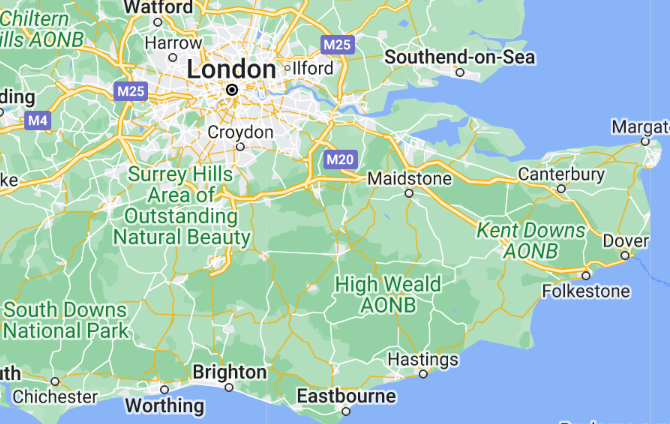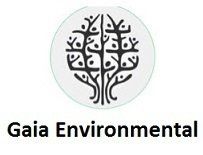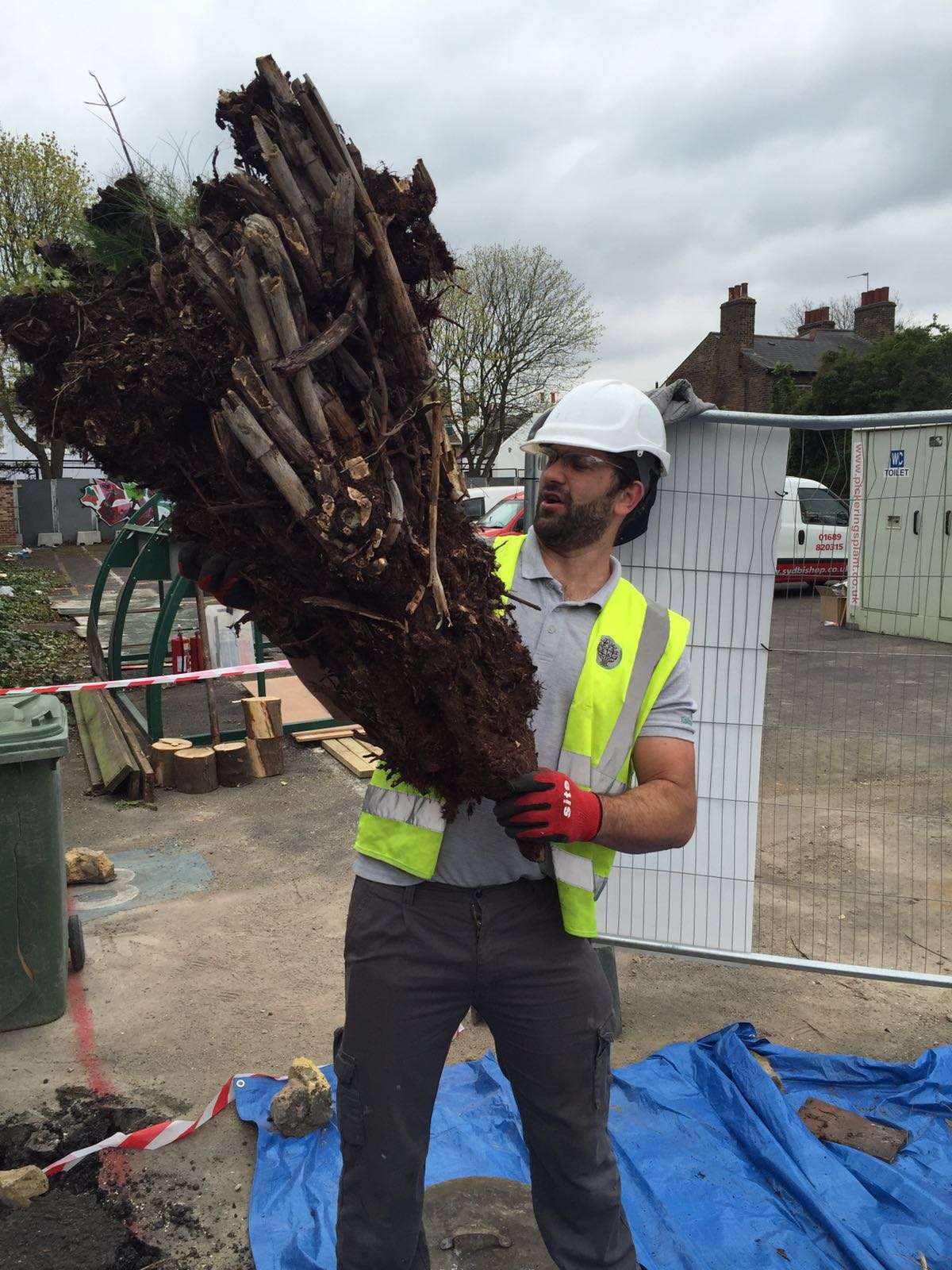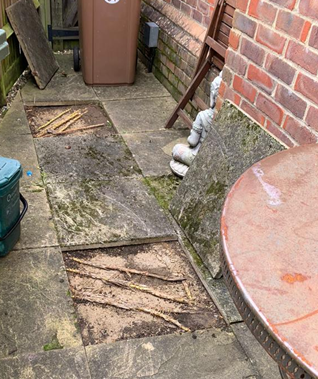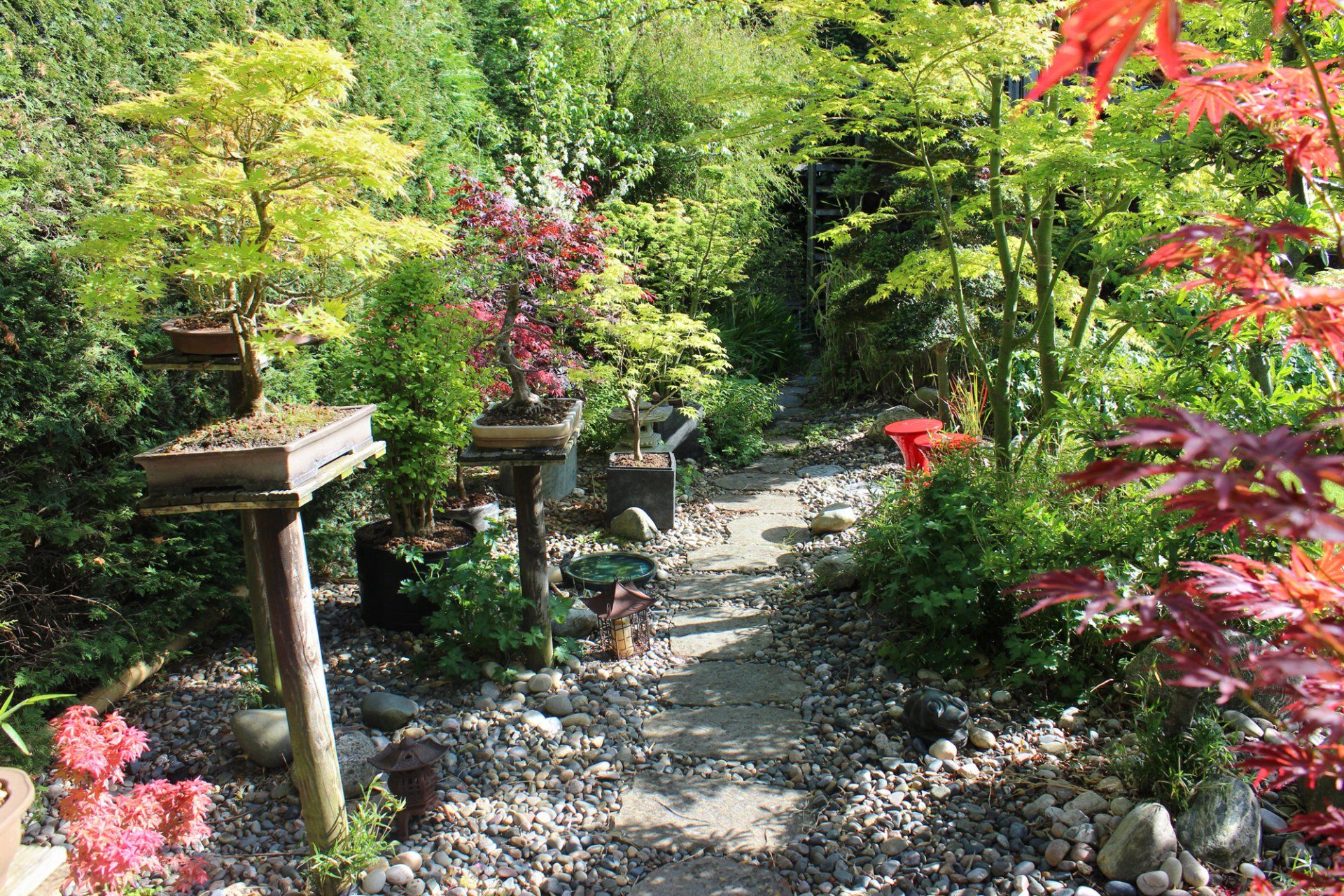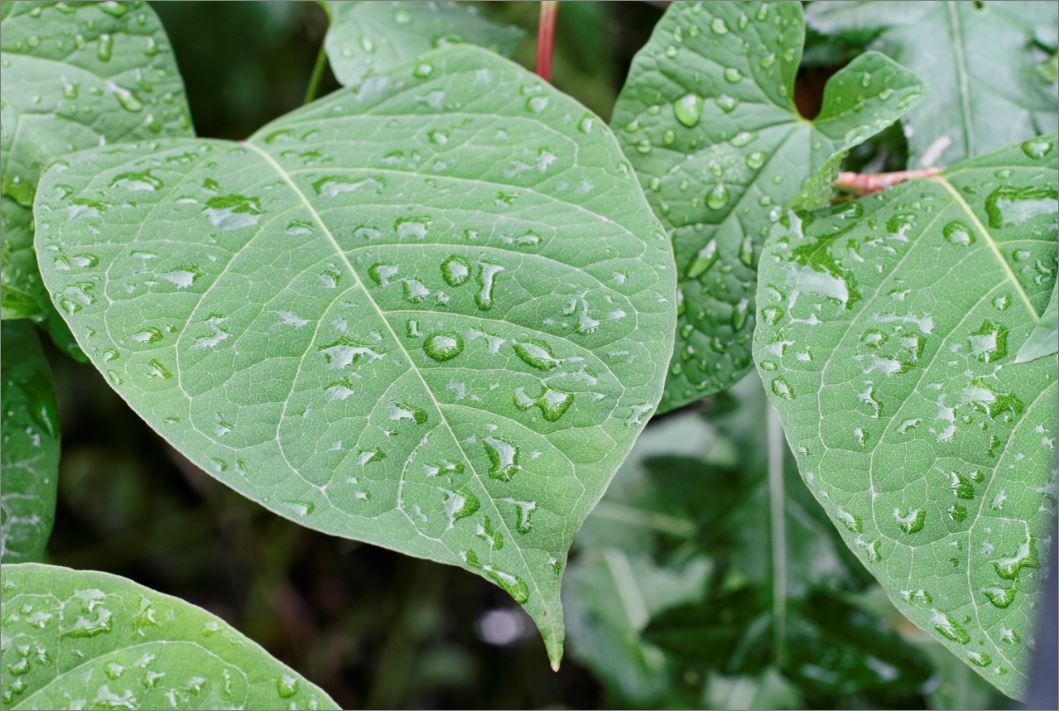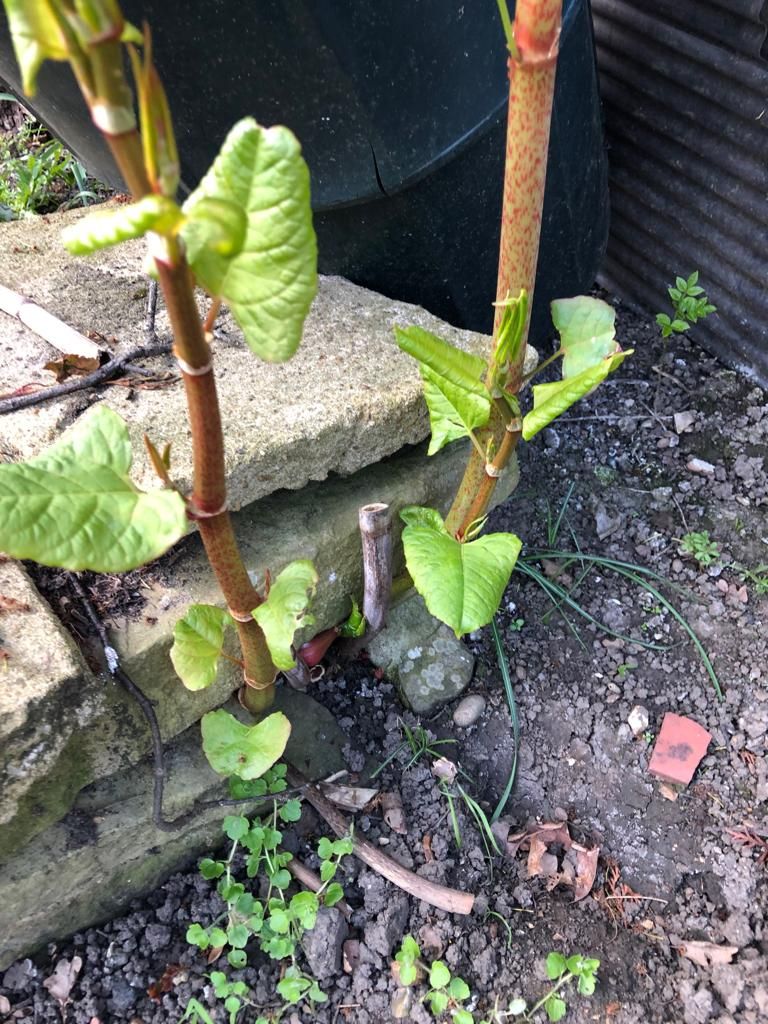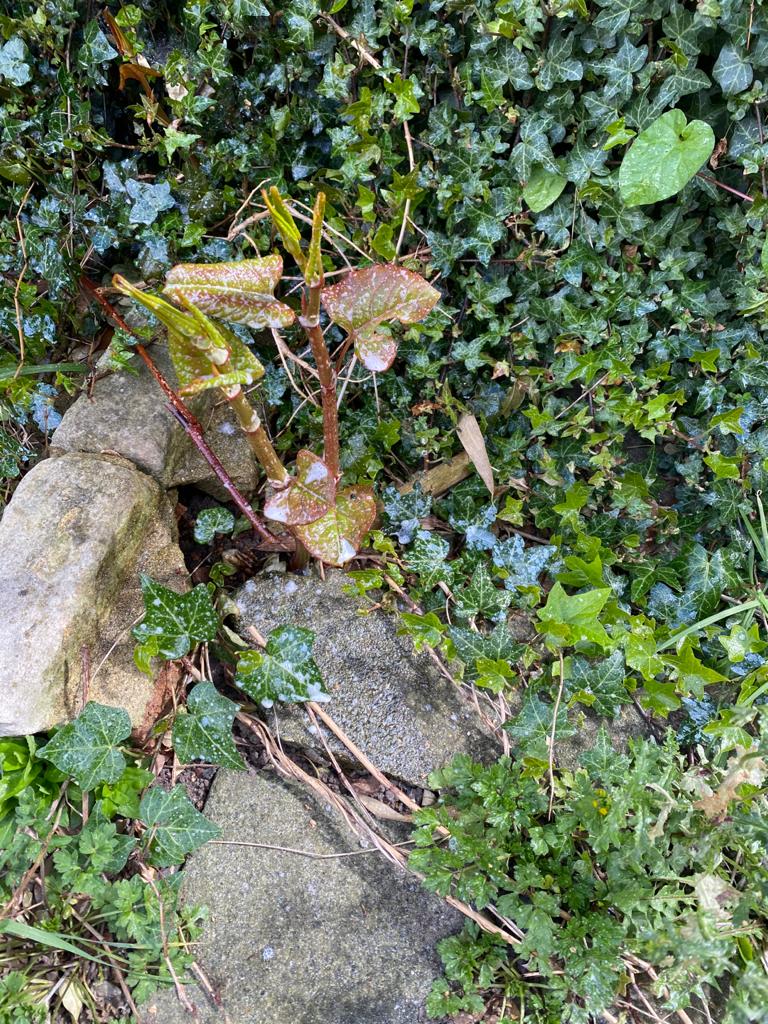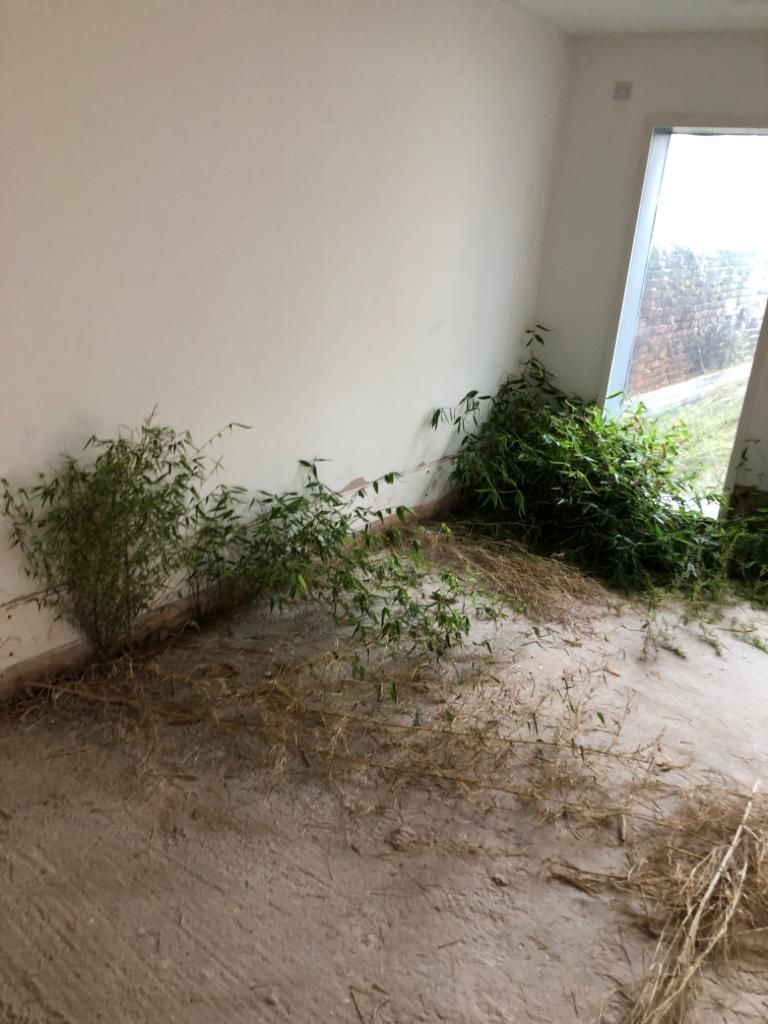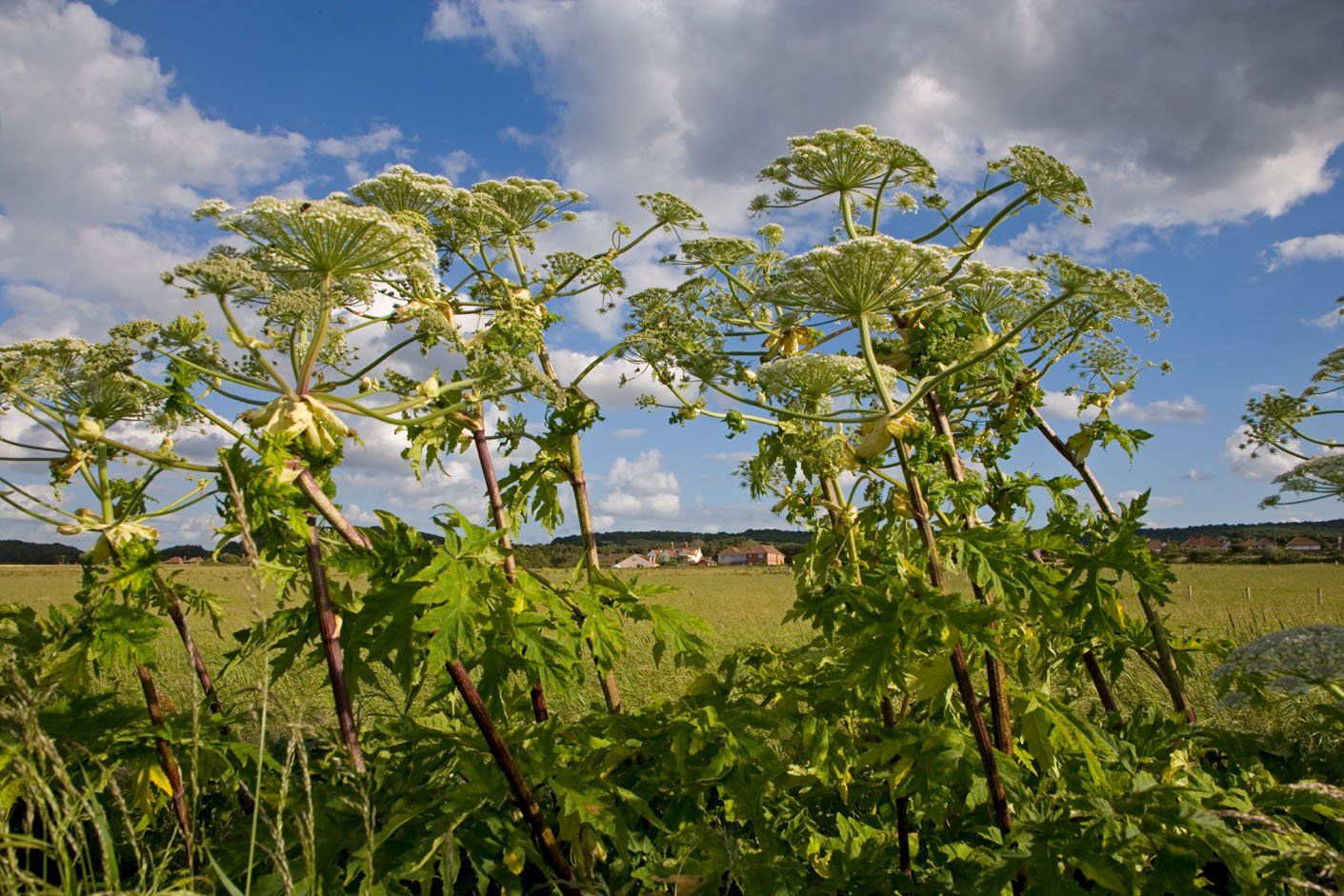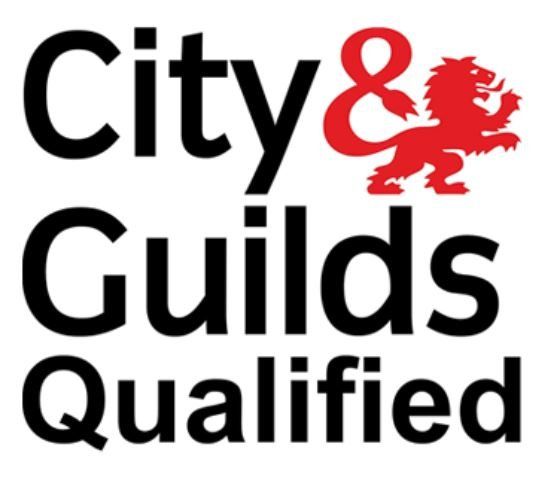The Impact of Invasive Plant Species on Your Property
Invasive plant species are a growing problem in the South East and throughout the country. These non-native plants are often introduced into the environment through human activities such as gardening or horticulture and can have a significant impact on the natural environment, wildlife and even on buildings.
In this blog, we will explore the ways in which invasive plant species can affect buildings and what can be done to prevent and remove these harmful plants.
The Impacts of Invasive Plant Species on Buildings
Structural Damage
Invasive plant species such as Japanese knotweed, giant hogweed and Himalayan balsam can cause significant damage to buildings and structures. The strong roots of these plants can penetrate foundations and walls, causing cracking and other damage that can weaken the structure of a building. In extreme cases, this damage can even lead to the collapse of the building.
Reduction in Property Value
The presence of invasive plant species on a property can also have a significant impact on its value. Buyers and lenders may view the presence of these plants as a major problem, as it can be expensive and time-consuming to remove them. This can make it difficult for homeowners to sell their property or secure loans for home improvements.
Spread of Harmful Chemicals
Invasive plant species can also spread harmful chemicals and toxins into the environment, which can have negative impacts on both wildlife and human health. For example, giant hogweed contains a toxic sap that can cause skin irritation and even blindness, and is a serious threat to human health.
Preventing the Spread of Invasive Plant Species
Proper Gardening Practices
One of the best ways to prevent the spread of invasive plant species is to adopt proper gardening practices. This means only using native plant species in your garden and avoiding plants that have been introduced from other parts of the world. It is also important to properly dispose of any plant material that may contain invasive plant species, to avoid spreading them into the environment.
Monitoring and Reporting
Another way to prevent the spread of invasive plant species is to monitor your local environment and report any sightings of these harmful plants to the appropriate authorities. This helps to ensure that invasive plant species are detected and removed before they have the chance to spread and cause damage.
Removing Invasive Plant Species
Professional Invasive Plant Removal
The most effective way to remove invasive plant species is to engage the services of a professional invasive plant removal company. This ensures that the plants are safely and effectively removed, without causing any harm to the environment or human health.
Proper Disposal
It is also important to properly dispose of any invasive plant material, to avoid the spread of these harmful plants into the environment. Professional invasive plant removal companies have the expertise and equipment to properly handle and dispose of this material, to ensure that it does not pose a threat to the environment.
Invasive plant species can have a significant impact on buildings and the environment, and it is important to take steps to prevent and remove these harmful plants. If you are concerned about the presence of invasive plant species on your property or in your local environment, contact Gaia Environmental Ltd today. Our experienced team of invasive plant removal specialists will help to safely and effectively remove these harmful plants, to protect your property and the environment or weaknesses in concrete and brickwork.
Bamboo is gradually becoming the plant in which homeowners are being warned against buying unless they are to have it contained. That said, many garden centres are still happy to sell bamboo without warning. Awareness is key to get this fabulous screening plant under control.
We will get back to you as soon as possible.
Please try again later.
